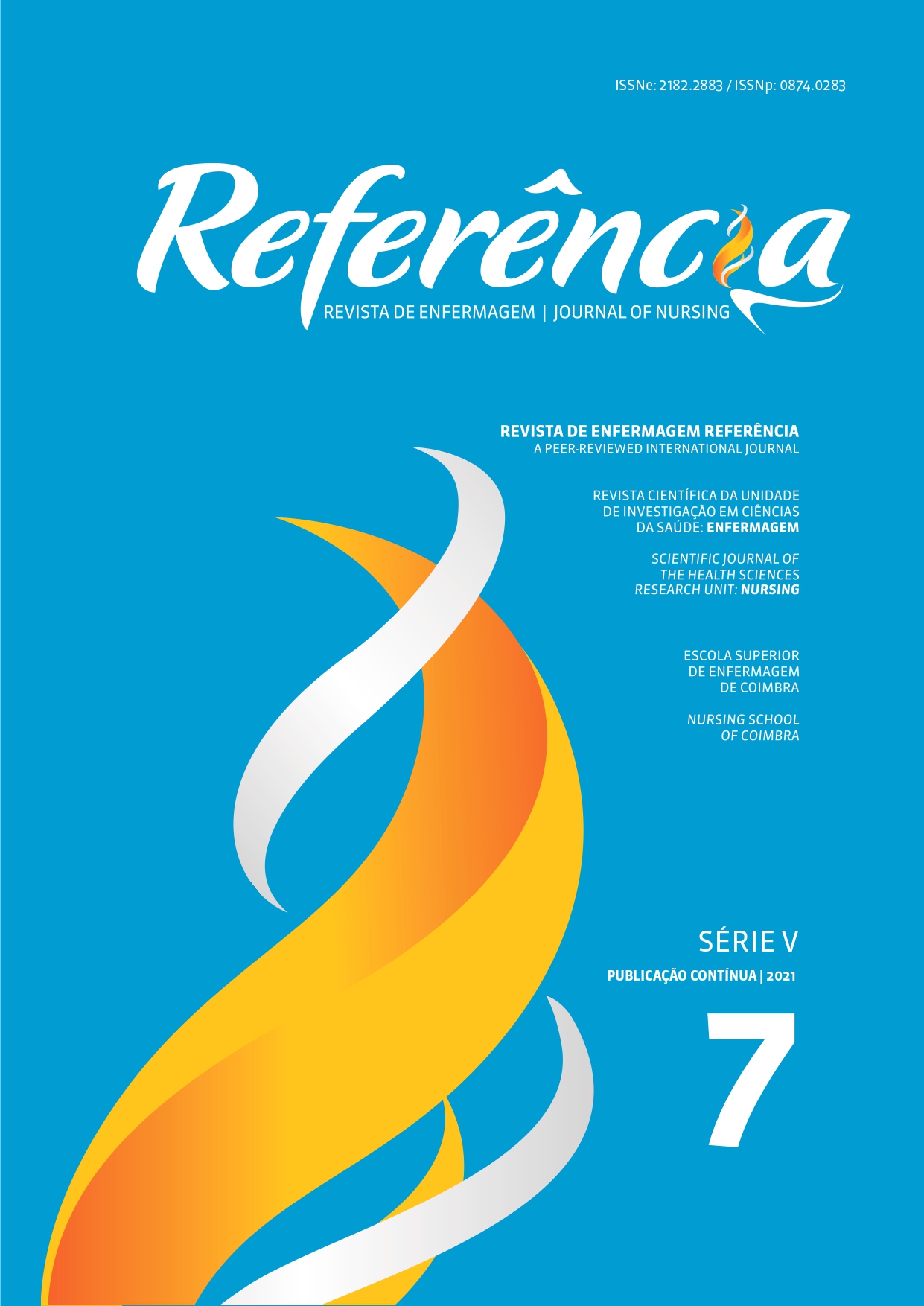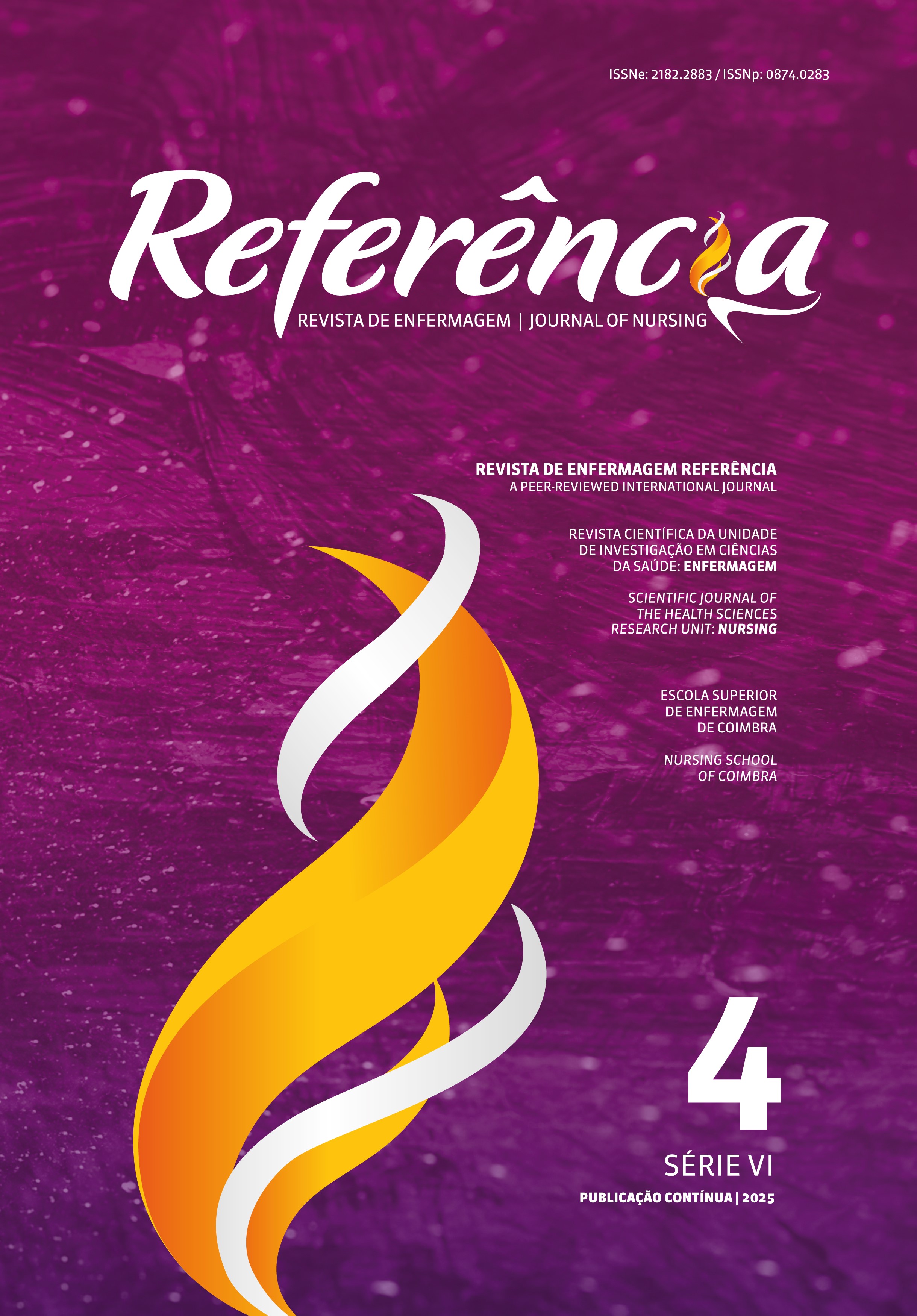Communicating with the intensive care team: the perspective of hospitalized children’s families
DOI:
https://doi.org/10.12707/RV21010Keywords:
family, patient care team, qualitative research, communication, hospitalizationAbstract
Background: Communicating with the health care team is key in the family’s process of adapting to child hospitalization.
Objective: To know the families’ perspective on their communication with the intensive care team during their children’s hospitalization.
Methodology: Qualitative study conducted with 13 family members of children hospitalized in a Pediatric Intensive Care Unit of a University Hospital. Data were collected in 2017 using semi-structured interviews and interpreted following Roy’s Adaptation Model.
Results: Two thematic units were identified: “Effective communication between the health team and family within the context of the Pediatric Intensive Care Unit,” in which the health team clarifies doubts and transmits clear information on the child’s medical condition; and “Poor communication between the health team and family within the context of the Pediatric Intensive Care Unit,” in which health professionals use language that hampers families’ understanding.
Conclusion: Understanding and adopting effective communication strategies between health teams and families are essential for a good adaptation process during children’s hospitalization.
Downloads
References
Afonso, S. B. (2013). Sobre a morte e o morrer. Ciência & Saúde Coletiva, 18(9), 2781-2782. https://doi.org/10.1590/S1413-81232013000900033
Almeida, C. R., Leite, I. C., Ferreira, C. B., & Corrêa, V. A. (2016). Sobre o cotidiano no contexto do adoecimento e da hospitalização: O que dizem as mães acompanhantes de crianças com diagnóstico de neoplasia? Cadernos de Terapia Ocupacional da UFSCar, 24(2), 247–259. https://doi.org/10.4322/0104-4931.ctoAO0609
Bazzan, J. S., Milbrath, V. M., Gabatz, R. I., Soares, M. C., Schwartz, E., & Soares, D. C. (2019). Sistemas de apoio na unidade de terapia intensiva pediátrica: Perspectiva dos familiares. Revista Brasileira de Enfermagem, 72(sup.3), 243–250. https://doi.org/10.1590/0034-7167-2018-0588
Braga, R. L., Carozzo, N. P., Cardoso, B. L., & Teixeira, C. M. (2020). Avaliação da comunicação médico-paciente na perspectiva de ambos interlocutores. Salud(i)ciencia, 23(8) 668-672. https://www.siicsalud.com/dato/sic/238/161155.pdf
Braun, V., Clarke, V., Hayfield, N., & Terry, G. (2019). Thematic análisis. In P. Liamputtong (Ed.), Handbook of research methods in health social sciences (pp. 843-860). Springs. https://doi.org/10.1007/978-981-10-5251-4_103
Biasibetti, C., Hoffmann, L. M., Rodrigues, F. A., Wegner, W., & Rocha, P. K. (2019). Comunicação para a segurança do paciente em internações pediátricas. Revista Gaucha de Enfermagem, 40(spe), e20180337. https://doi.org/10.1590/1983-1447.2019.20180337
Cardano, M. (2017). Manual de pesquisa qualitativa: A contribuição da teoria da argumentação. Editora Vozes.
Fergie, G., Hunt, K., & Hilton, S. (2016). Social media as a space for support: Young adults’ perspectives on producing and consuming user-generated content about diabetes and mental health. Social Science & Medicine, 170, 46–54. https://doi.org/10.1016/j.socscimed.2016.10.006
Nardi, A. C., Brito, P. T., Albarado, Á. J., Prado, E. A., Andrade, N. F., Sousa, M. F., & Mendonça, A. V. (2018). Comunicação em saúde no Brasil. Revista de Saúde Pública do Paraná, 1(2), 13–22. https://doi.org/10.32811/25954482-2018v1n2p13
Garboza Junior, J. M., & Badiou, A. (2019). Destruição, negação, subtração: Sobre pierpaolopasolini. Revista Científica Independente, 1(2), 68-77.
Hennink, M. M., Kaiser, B. K., & Marconi, V. C. (2017). Code saturation versus meaning saturation: How many interviews are enough? Qualitative Health Research, 27(4) 591–608. https://doi.org/10.1177/1049732316665344
Luiz, F. F., Caregnato, R. C., Costa, M. R., Luiz, F. F., Caregnato, R. C., & Costa, M. R. da. (2017). Humanização na terapia intensiva: Percepção do familiar e do profissional de saúde. Revista Brasileira de Enfermagem, 70(5), 1040–1047. https://doi.org/10.1590/0034-7167-2016-0281
Milani, R. G., Greinert, B. R., Mauch, R. S., & Carvalho, E. R. (2019). Vínculos familiares, afetividade acolhimento: Um olhar da promoção da saúde. In S. S. Marcon (Ed.), Pesquisar, ensinar e cuidar de famílias: desefios, avanços e perspectivas (95-108). EDUEL.
Pêgo, C. O., & Barros, M. M. (2017). Unidade de Terapia Intensiva Pediátrica: Expectativas e Sentimentos dos Pais da Criança Gravemente Enferma. Revista Brasileira de Ciências da Saúde, 21(1), 11–20. https://doi.org/10.4034/RBCS.2017.21.01.02
Poerschke, S. M., Salbego, C., Gomes, I. E., Andrade, A., Nietsche, E. A., & Silva, T. C. (2019). Atuação da enfermagem frente aos sentimentos dos familiares de pacientes em terapia intensiva. Revista de Pesquisa Cuidado é Fundamamental Online, 11(3), 771–779. https://doi.org/10.9789/2175-5361.2019.v11i3.771-779
Ramos, D. Z., Lima, C. A., Leal, A. L., Prado, P. F., Oliveira, V. V., Souza, A. A., Figueiredo, M. L., & Leite, M. T. (2016). A participação da família no cuidado às crianças internadas em unidade de terapia intensiva. Revista Brasileira em Promoção da Saúde, 29(2), 189–196. https://doi.org/10.5020/18061230.2016.p189
Ribeiro, J. S., Sousa, F. G., Santos, G. F., Silva, A. C., & Sousa, B. A. (2018). Atitudes de enfermeiros nos cuidados com famílias no contexto do parto e puerpério imediato. Revista Pesquisa Cuidado Fundamental Online, 10(3), 784–792. https://doi.org/10.9789/2175-5361.2018.v10i3.784-792
Roy, C., & Andrews, H. A. (2009). The Roy adaptationmodel (3rd ed.). Appleton e Lange.
Vasconcelos, E. V., Freitas, K. O., Torres, R. S., Silva, S. É., Baia, R. S., Araújo, J.S., Cunha, J. O., & Filgueira, G. P. (2016). A importância da comunicação: Familiares de pacientes internados em um centro de terapia intensiva. Revista Conexão UEPG, 12(2), 196–207. https://doi.org/10.5212/Rev.Conexao.v.12.i2.0002
Yagiela, L., & Meert, K. L. (2019). Multilevel communication barriers and promotion of high-quality communication in PICU. Pediatric Critical Care Medicine, 20(9), 893–895. https://doi.org/10.1097/PCC.0000000000002081






















